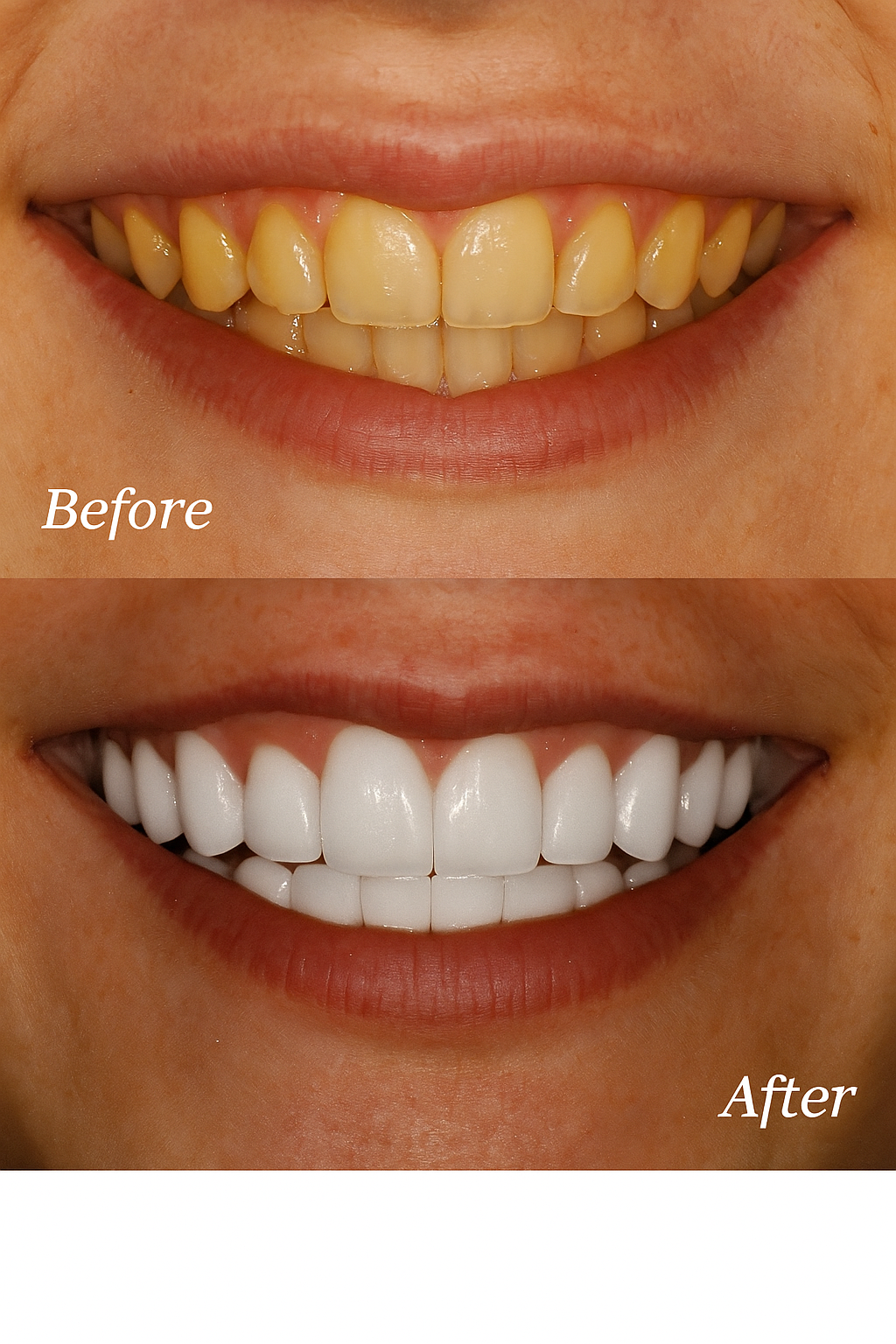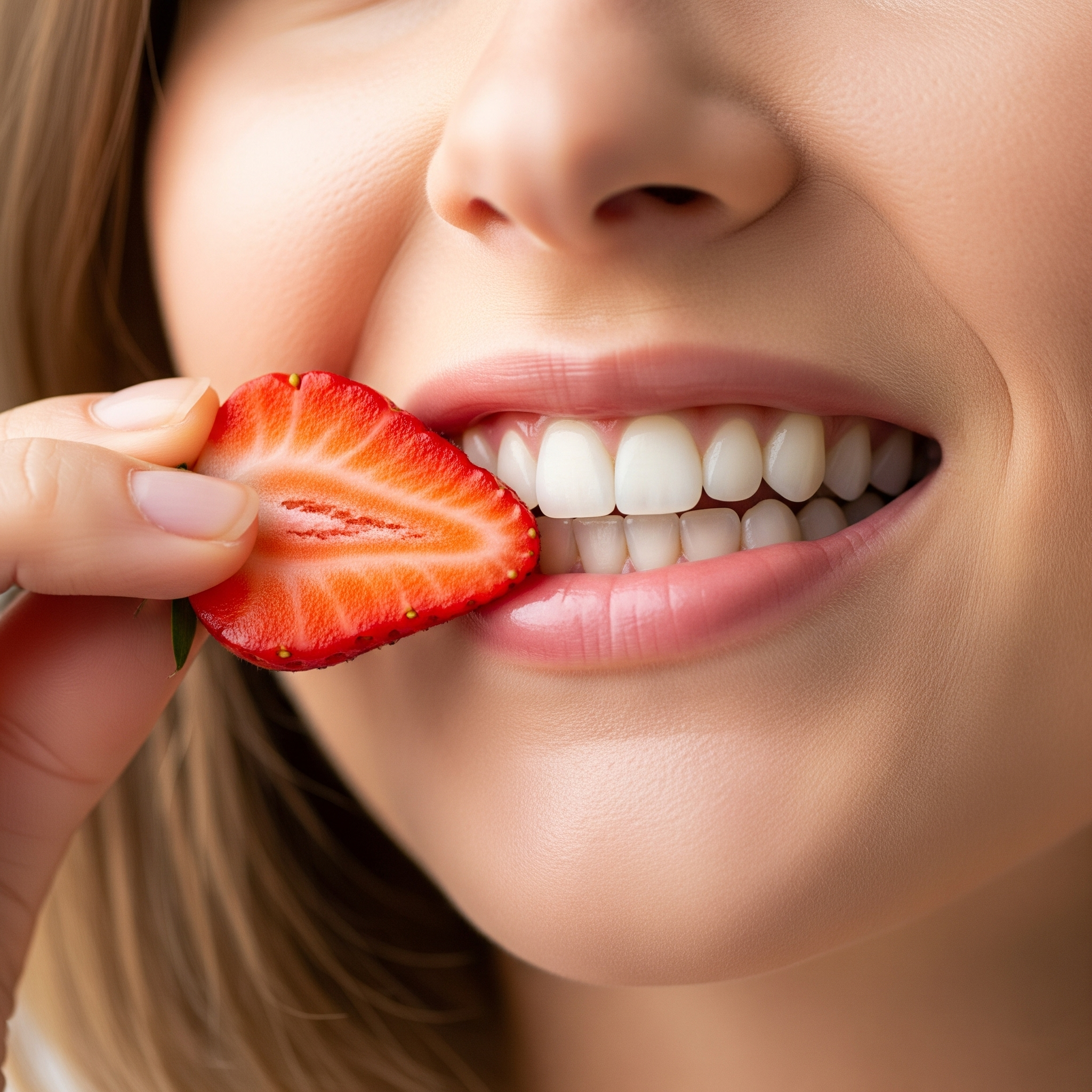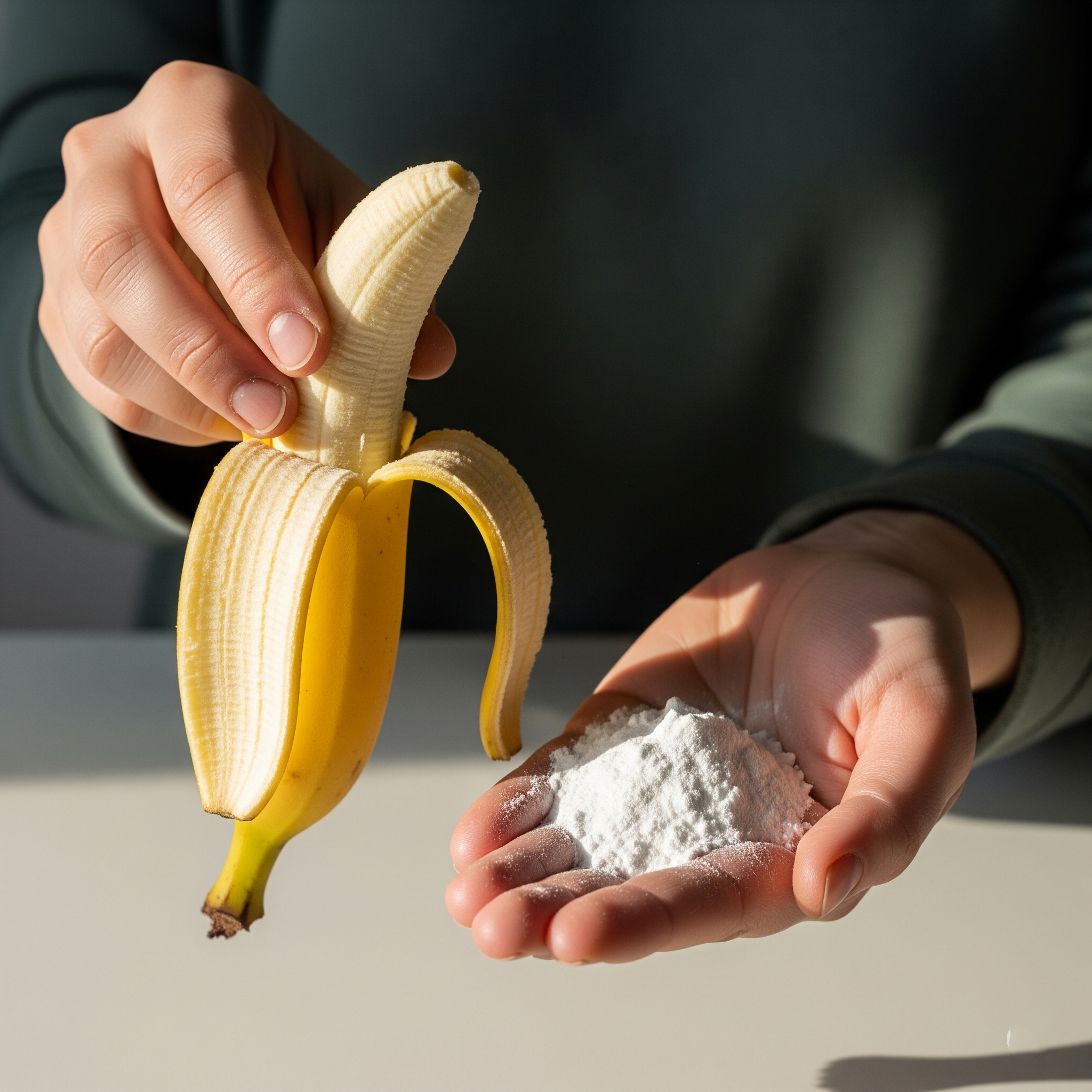A bright, white smile is often a symbol of youth and health, but achieving that dazzling smile can be expensive. However, did you know that you can whiten your teeth using natural ingredients from your kitchen? There’s a growing trend of using simple, affordable remedies to get pearly whites. While some methods may be effective, others might do more harm than good. We asked dental expert Dr. Uchenna Okoye to weigh in on the most popular natural teeth-whitening methods to see which ones are truly effective.

1. Strawberries: The Gentle and Effective Whitener

Verdict: TRUE
Strawberries are known to contain malic acid, which is a natural exfoliant that helps remove surface stains from teeth. Despite containing citric acid, the riper the strawberry, the more malic acid it contains, making it gentler on your teeth.
How to Use:
-
Ingredients: 1 ripe strawberry, a toothbrush.
-
Method: Mash a ripe strawberry into a smooth paste. Dip your toothbrush into the mashed strawberry and gently brush your teeth for 1-2 minutes.
-
Leave the paste on your teeth for an additional 5-10 minutes before rinsing off with water.
-
Repeat this process 2-3 times a week for noticeable whitening results.
Why It Works: The malic acid in strawberries exfoliates the surface of your teeth, removing debris and giving them a cleaner, whiter appearance. It's a natural and gentle way to whiten your teeth without harming the enamel.
2. Banana Peel: The Gentle Exfoliator for Stubborn Stains

Verdict: TRUE
Banana peels contain potassium, magnesium, and manganese, which can help remove surface stains from teeth. These minerals act as gentle abrasives to buff away stains.
How to Use:
-
Ingredients: 1 ripe banana, a toothbrush.
-
Method: Peel a ripe banana and rub the inside of the peel directly onto your teeth for about 2 minutes. Focus on areas with visible stains.
-
Allow the nutrients from the banana peel to sit on your teeth for 3-5 minutes before rinsing off.
-
Repeat this process every day for about 1-2 weeks for noticeable results.
Why It Works: The potassium and magnesium in banana peels help exfoliate the surface of your teeth and remove stains. This remedy is convenient, and it offers a gentle clean without being harsh on the enamel.
3. Bicarbonate of Soda (Baking Soda): The Abrasive Whitening Agent
Verdict: TRUE
Baking soda is a mild abrasive that helps remove surface stains caused by coffee, tea, red wine, and other staining agents. It also neutralizes bacterial acids in the mouth, giving you cleaner teeth and fresher breath.
How to Use:
-
Ingredients: 1/2 teaspoon baking soda, a few drops of water.
-
Method: Mix the baking soda with a small amount of water to form a paste. Apply the paste to your toothbrush and brush your teeth for 1-2 minutes.
-
Rinse your mouth thoroughly with water afterward.
-
Use this method only 2-3 times a year to prevent damage to the enamel.
Why It Works: Baking soda is an effective surface cleaner that scrubs off plaque and stains, making teeth appear brighter. It’s commonly used in commercial whitening toothpastes and is a safe and inexpensive option when used sparingly.
What to Avoid: Methods That Can Harm Your Teeth
Some natural remedies may seem appealing but can actually cause more harm than good. Here’s a list of ingredients to avoid and why:
4. Turmeric Powder: The Staining Disaster
Verdict: FALSE
Despite turmeric’s popularity in natural health circles, it’s a major culprit for staining your teeth. The bright yellow spice can penetrate the pores of your enamel and cause yellowing rather than whitening.
Why It Doesn't Work: Turmeric contains color molecules known as chromogens, which can block tiny pores in your teeth, leading to even more discoloration.
Recommendation: Avoid using turmeric on your teeth to prevent further staining.
5. Orange Pith: Not Worth the Risk
Verdict: FALSE
The white part of the orange peel, or pith, is said to have some whitening properties due to the presence of d-limonene. However, it’s highly acidic and can erode tooth enamel, causing sensitivity and damage.
Why It Doesn’t Work: The citric acid in oranges erodes enamel, which can lead to tooth decay. Once the enamel is worn down, the underlying dentine becomes exposed, leading to sensitivity and pain.
Recommendation: Avoid rubbing orange pith on your teeth.
6. Apple Cider Vinegar: Acidic and Harmful to Enamel
Verdict: FALSE
Although apple cider vinegar is popular in detox circles, it is highly acidic and can erode tooth enamel, leading to tooth sensitivity and decay.
Why It Doesn't Work: The acidity of apple cider vinegar can wear down the enamel of your teeth, making them more vulnerable to stains and decay.
Recommendation: Do not use apple cider vinegar for teeth whitening.
7. Coconut Oil (Oil Pulling): No Scientific Evidence for Whitening
Verdict: FALSE
Though celebrities like Gwyneth Paltrow swear by oil pulling, there is no scientific evidence to support the claim that it whitens teeth or improves complexion.
Why It Doesn't Work: Oil pulling may help remove some debris and bacteria from your mouth, but it will not whiten your teeth or improve their appearance significantly.
Recommendation: While oil pulling can be part of your oral hygiene routine, it’s not effective for teeth whitening.
Conclusion: Embrace Natural Teeth Whitening, But Choose Wisely
While natural remedies for teeth whitening can be effective, it’s crucial to choose ingredients that are gentle on your enamel. Strawberries, banana peel, and baking soda are safe and effective options to brighten your smile. However, you should avoid remedies like turmeric, orange pith, and apple cider vinegar, which can damage your enamel and lead to further discoloration or tooth decay.
Incorporating these natural methods into your routine can help you maintain a dazzling smile, but always remember to follow up with regular brushing, flossing, and professional dental care. If in doubt, consult your dentist before trying any new remedies. Happy whitening!
